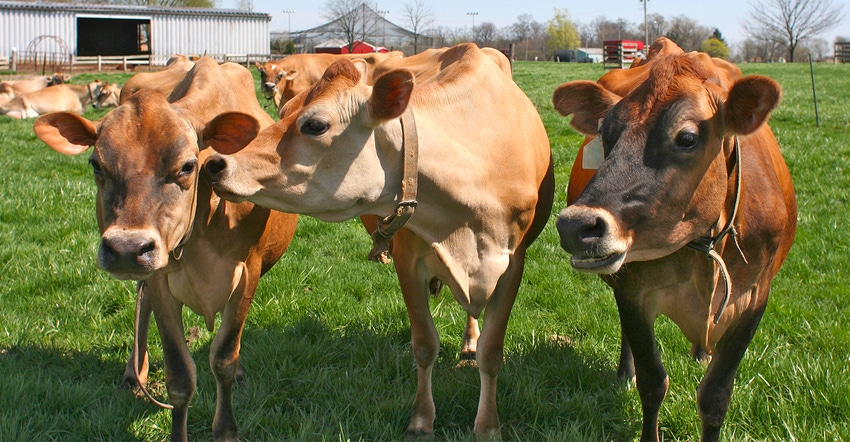June 19, 2018

The old nursery rhyme about little Miss Muffet sitting on her tuffet eating her curds and whey sounds great. Who doesn’t like cottage cheese? But part of that meal — the whey — isn’t always so easy to use. In fact, whey is a big byproduct of cheese making and a problem for smaller creameries.
As much as 90% of milk that goes into cheese comes out as whey, and that can be expensive to get rid of in landfills. It may also be harmful to the environment.
There’s growing interest in using whey powder in protein bars and shakes, and that’s a new income stream for a lot of dairy manufacturers. But equipment to make that product can be expensive and out of reach for small artisanal creameries. There may be a new use for that whey, however, and the results may surprise the average drinker.
That’s right, whey could be used to make spirits — in this case, vodka. Studies at Oregon State University are showing that cows are now a potential cog in the distilling process, and the environmental impact is far less damaging than dumping whey into a landfill.
Lisbeth Goddik, an OSU professor of food science and technology, notes that even though some energy is needed to turn whey into vodka, “there is still a huge environmental gain by not disposing of it through waste streams.”
“There is a significant reduction of greenhouse gases, and the creameries have the potential to also boost their profit,” she says.
There are a small number of companies using whey to make vodka, and Goddik, along with Paul Hughes of with OSU’s fermentation science program, are doing research on the flavor characteristics of different wheys and the spirits they produce.
A little whey background
Most whey in the United States is “sweet whey,” which comes from making cheddar, mozzarella and Swiss cheeses. Acid whey is produced from making cottage cheese and Greek yogurt; Goddik notes that disposing of that whey is more challenging. But that problem goes away when it’s converted into alcohol.
“Both types of whey ferment and distill beautifully,” Hughes says. He leads a growing distilling program at OSU. “Our chemical flavor analysis suggests some differences between the two wheys, and eventually we hope to isolate more of the chemical compounds and match them with flavor characteristics.”
Acid whey distillate has a lot of terpenes, which are unsaturated hydrocarbons also found in beer and wine. Common in many plant products, terpenes originate in the grass cows eat, yet the whey — and the distilled products that result — don’t taste “grassy,” Hughes points out.
OSU researchers say distilling whey to make spirits could be done more easily and inexpensively than converting whey to protein powder. The process of distilling could be done by artisanal creameries, or several creameries could create a cooperative to turn their whey waste into spirits.
Goddik pointed out that in Oregon there are 22 artisanal cheesemakers, and Washington has about 70. There are about 1,700 across the country. Oregon alone produces 2.6 billion pounds of milk a year.
Said Goddik: “Cheese companies used to spread whey on fields, feed it to animals and dispose of it in landfills. Neither is a great solution. Even if you decide to ferment the whey and then dump it down the drain, there is less damage to the environment. But why do that if you can create a value-added product?”
And distillers are taking note. Hughes said that the industry has shown a keen interest in OSU’s research into whey products and taste characteristics. “We’ve never had this much interest from them since we started our distilling program.”
OSU graduate student Derrick Risner led the studies of the environmental impact of whey and found that whey has a high level of biochemical oxygen demand, or BOD. In essence, the high nutrient level can lead to more algae production in streams and a decrease in the water’s oxygen levels, among other environmental impacts.
Results of the whey environmental impacts study have been published in the Journal of Dairy Science.
Source: Oregon State University
You May Also Like




